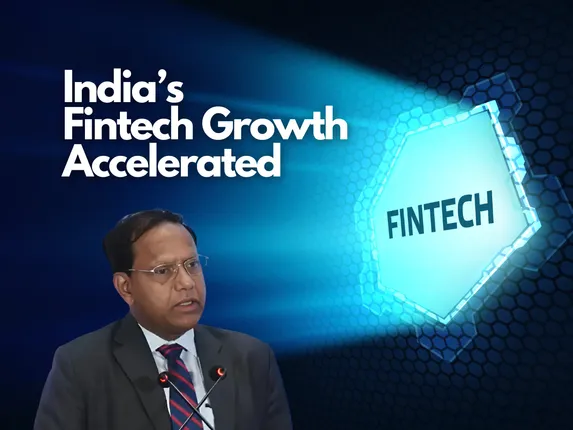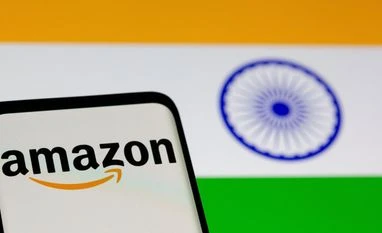Now Reading: Why Small-Town India Is Becoming a Hub for Fintech Growth in 2025
-
01
Why Small-Town India Is Becoming a Hub for Fintech Growth in 2025
Why Small-Town India Is Becoming a Hub for Fintech Growth in 2025

As financial inclusion deepens and digital adoption spreads beyond metros, India’s Tier-2 and Tier-3 cities are emerging as unexpected drivers of the fintech revolution. In 2025, small towns like Indore, Nagpur, Patna, and Coimbatore are witnessing a rapid uptick in the usage of digital wallets, microloans, and investment platforms. This shift is reshaping not only how people manage money but also how fintech firms design and deliver their services.
Digital Adoption Beyond the Metros
Thanks to widespread smartphone penetration and cheaper data plans, digital financial tools are no longer confined to urban elites. UPI transactions, for instance, have become a part of daily life in smaller towns—from vegetable vendors to tuition teachers.
Government-backed initiatives like Jan Dhan accounts, Aadhaar, and direct benefit transfers have laid the groundwork. What’s changed in 2025 is the willingness of rural and semi-urban consumers to explore credit, insurance, and investment products online.
Fintech Startups Are Going Local
Fintech companies have shifted focus from urban saturation to untapped Tier-2 and Tier-3 markets. Startups are tailoring services to regional needs—offering vernacular language interfaces, low-ticket-size loans, and simplified KYC processes.
Bhopal-based microcredit app “PaySakhi” and Surat’s gold savings platform “DhanSuraksha” are examples of regionally rooted fintechs gaining strong traction. These platforms focus on trust, ease of use, and offline support, making them attractive for first-time users.
MSMEs and Youth Fueling Demand
Micro, small, and medium enterprises (MSMEs) in small towns are major beneficiaries of fintech tools. Platforms that offer instant working capital loans, digital payment solutions, and inventory management are helping local businesses grow more competitive.
At the same time, young people in towns like Ranchi and Madurai are increasingly exploring digital investment options—from SIPs to cryptocurrencies—often with the help of gamified learning tools and influencer-led financial literacy campaigns on Instagram and YouTube.
Challenges Still Remain
Despite this momentum, fintech expansion in smaller towns faces hurdles. Internet reliability, lack of financial literacy, cyber fraud risks, and regulatory complexity can slow progress.
Experts emphasize the need for hybrid models that blend digital convenience with human touchpoints—like local agents, help centers, and physical kiosks.
Conclusion: Small Towns, Big Potential
India’s fintech story is no longer just about Bengaluru or Mumbai. In 2025, the real action is in the second tier—where digital ambition meets practical need. As platforms continue to localize, simplify, and build trust, small-town India is not just catching up—it’s leading in adoption.
The next wave of fintech growth will likely be defined by how well companies understand and empower these rising digital consumers in the heart of Bharat.

























